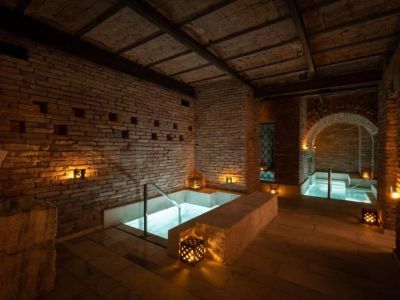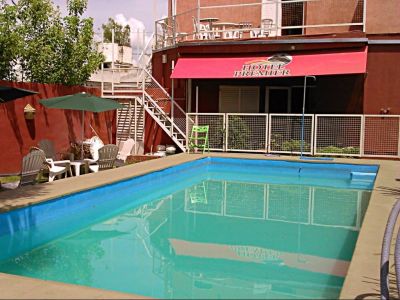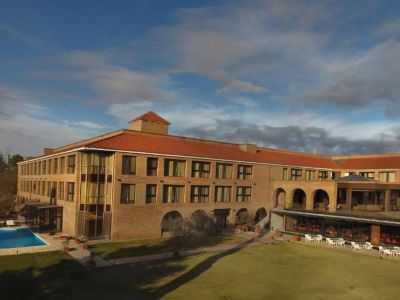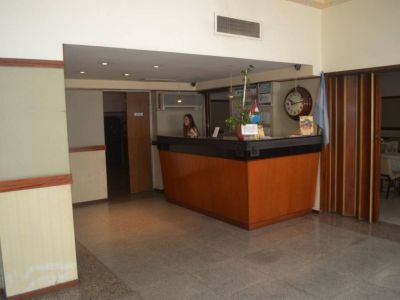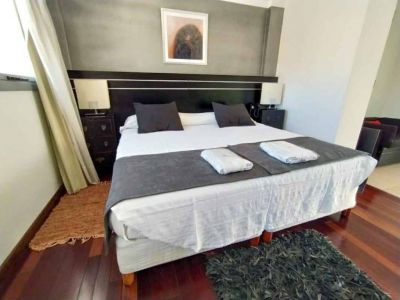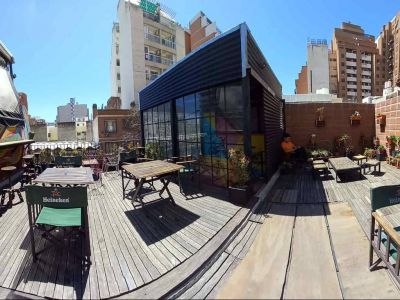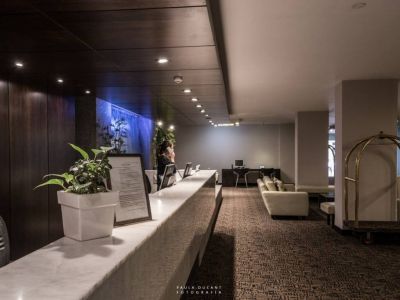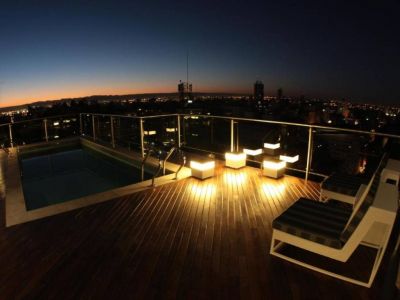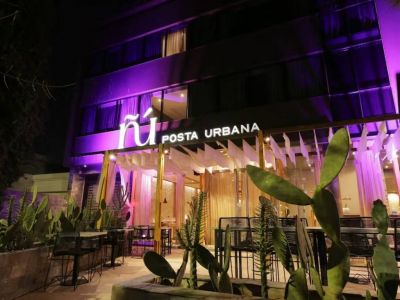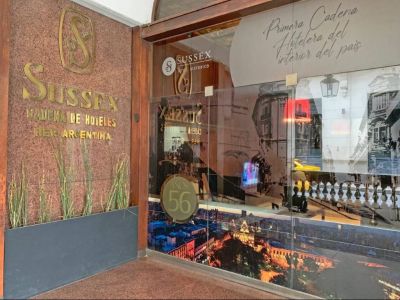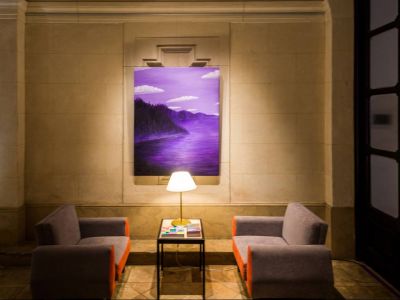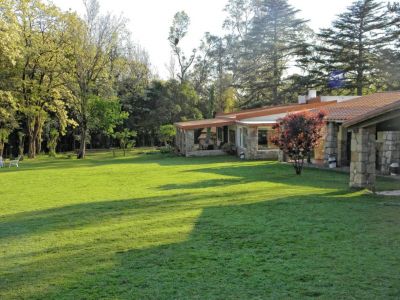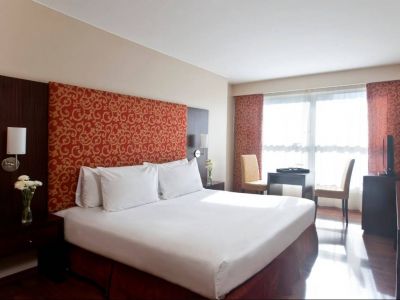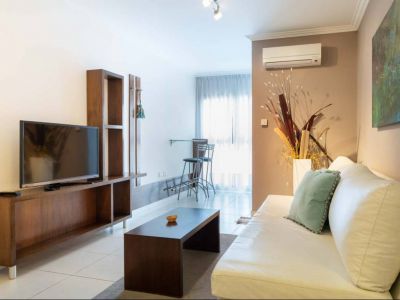Córdoba has many neighborhoods, some are big and some cover a little surface. We wanted to see their special features and we set our minds to grab a memory of their essence.
From the downtown, while observing Angela's Tower, the highest building in the city, we left behind the pedestrian crossing, commercial galleries and shopping malls to unfold the profile of the neighborhoods. Several avenues lined with beautiful yellow-flowered hardwood trees from the northeast of Argentina led us to our set destinations.
Colon Avenue led us to Alberdi neighborhood, cradle of the famous Córdobazo in May 1969 and, as if it were not enough, it is host of Club Atlético Belgrano, one of the most popular football clubs. We were shocked by its architecture, ranging from long one-story houses to those which keep European styles from the different migratory waves.
Neighborhoods with Accents from Córdoba
The residential neighborhood Nueva Córdoba, which can be accessed from Hipólito Yrigoyen Avenue, let us discover an area marked by the splendor of the past. Great mansions, palaces, petit hotels and big houses from the early twentieth century display parks and fences with profusely ornamented French and British style.
At present some of them have been turned into embassies, museums and offices and are part of the city heritage. That is the reason why their façades cannot be demolished. Martin Ferreyra Palace stands out and houses the Museum of Fine Arts today.
'Can you imagine what those days must have been like? Perhaps there were old cars, elegant people and dirt roads', was our comment when facing such big houses.
Together with them, we observed high apartment buildings that because they are near the university campus host a great number of students who have given the neighborhood another appearance and style.
We sat for a while at the courtyard of a complex called Buen Pastor (Good Shepherd) to wait for the dancing waters show. We enjoyed twelve minutes of a nice mixture of music and dancing waters going up and down at the beat of colorful lights amidst palm trees, stairs and fountains.
24 de Setiembre Avenue led us to General Paz neighborhood, which has wide roads and a distinguished style from the beginning. We went there enthusiastically to visit Fernet Club de Córdoba, a place where a bottle of that mix of herbs is the star while customers eat and enjoy the show with good music.
General Paz neighborhood shows with pride its hundred-year-old library. The cinema 'is the meeting and cultural place', according to the followers.
The Chateau Carreras neighborhood with its magnificent football stadium, Las Rosas Hill with its beautiful houses and San Vicente with its traditional important downtown area, were left for another visit.
After getting a glimpse of the suburbs, on the way back to the downtown, we stopped at Güemes neighborhood, a bohemian place devoted to the arts.
We went back to the city center on wheels and we were again astonished by the Plateresque and Renaissance Italian architecture of the high buildings.
As we toured around the crafts stalls opposite Cabildo, we thought that Córdoba was a must. We were surprised by its colonial history, its characteristic singing, fernet and each one of its colorful neighborhoods that spread the city towards the hills.
Mónica Pons
Eduardo Epifanio
Contact of the excursion or tour
Nativo Viajes
Independencia 174, Córdoba, Córdoba, Agentina
Phone: +54 351-4245341


















